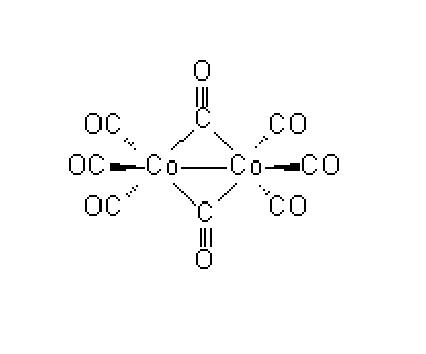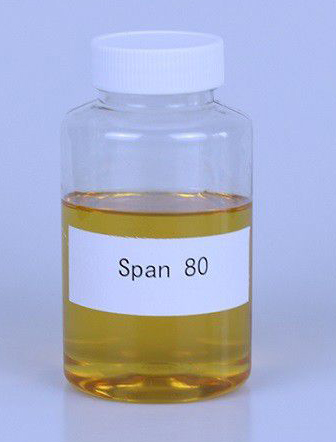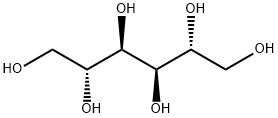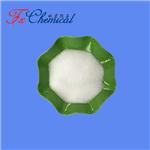Mechanism of Mannitol
Feb 24,2022
Mannitol is an alcohol produced by the reduction of mannose. It is absorbed unreliably from the GI tract and therefore has to be given by i.v. injection; bolus doses of 0.25–1 g kg–1 are used. Initially it stays within the intravascular space but is then slowly redistributed into the extravascular compartment.
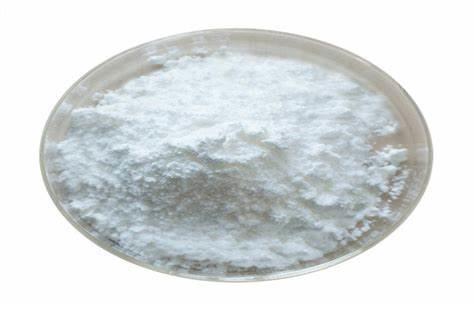
Metabolism
Mannitol does not undergo metabolism and is excreted unchanged through the kidneys. Mannitol expands intravascular volume and then undergoes free glomerular filtration with almost no reabsorption in the proximal tubule. This leads to an osmotic force that retains water and Na+ in the tubule, with a consequent osmotic diuresis – that is, increased urinary excretion of N a+, water, HCO3 – and Cl–.
Mechanism of action
Mannitol does not alter urinary pH. The increased renal blood flow reduces the rate of renin secretion; this decreases the urineconcentrating capacity of the kidney. I t is primarily used as rescue therapy in the seing of raised intracranial pressure to draw fluid by osmosis from swollen brain cells. I t is also used for reduction of intraocular pressure. I t takes 15–30min to have maximal effect and is given as a bolus dose as mannitol molecules may cross the blood– brain barrier and continuous infusion is thought to worsen raised intracranial hypertension.
Mannitol may have other effects when given for raised intracranial pressure, including reduction in blood viscosity and free radical scavenging. I t is osmotically active and will act as an unmeasured osmole and increase the osmolar gap if calculated.
- Related articles
- Related Qustion
- Mannitol: Nature's magical manna, the medical field's right-hand man Oct 30, 2024
Mannitol is a sugar alcohol that is an isomer of sorbitol. It is soluble in water and is a white crystalline powder with a sweet taste similar to sucrose.
- What is mannitol used for? Dec 13, 2022
Mannitol injection is used to lower pressure in the head (intracranial pressure) and increased pressure in the eye (intraocular pressure). It is also used to treat swelling of the brain (cerebral edema).
- Important applications of mannitol Apr 13, 2022
Mannitol, with the chemical formula C6H14O6, is a sugar alcohol and an isomer of sorbitol. Soluble in water, it is a white crystalline powder with a sweet taste similar to sucrose.
Dicobalt octacarbonyl is a metal compound with composition Co2(CO)8. This metal carbonyl is used as a reagent and catalyst in organometallic chemistry and organic synthesis, and is central to much known organocobalt chemistry.It is the pre....
Feb 24,2022Catalyst and AuxiliarySpan 80 is commonly used non-ionic surface active emulsifiers, which is widely used in emulsification, petroleum, medicine, cosmetics, textiles, paints, leather and other industries....
Feb 24,2022APIMannitol
87-78-5You may like
- Diosgenin:Uses,Functions and Synthesis
Dec 12, 2025
- Biosynthesis of Cyclopamine from Cholesterol
Dec 10, 2025
- Synthesis of ribociclib
Dec 10, 2025




